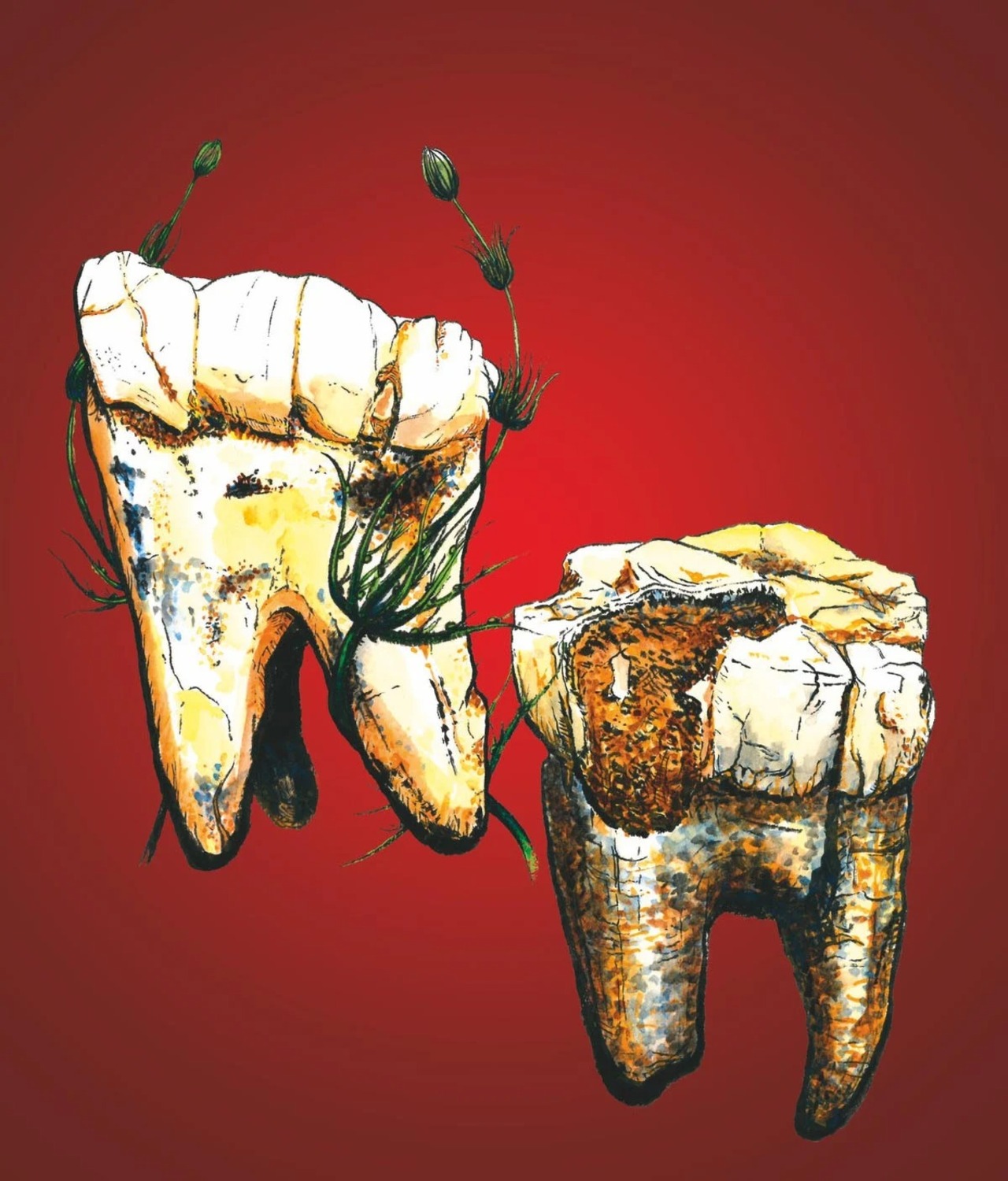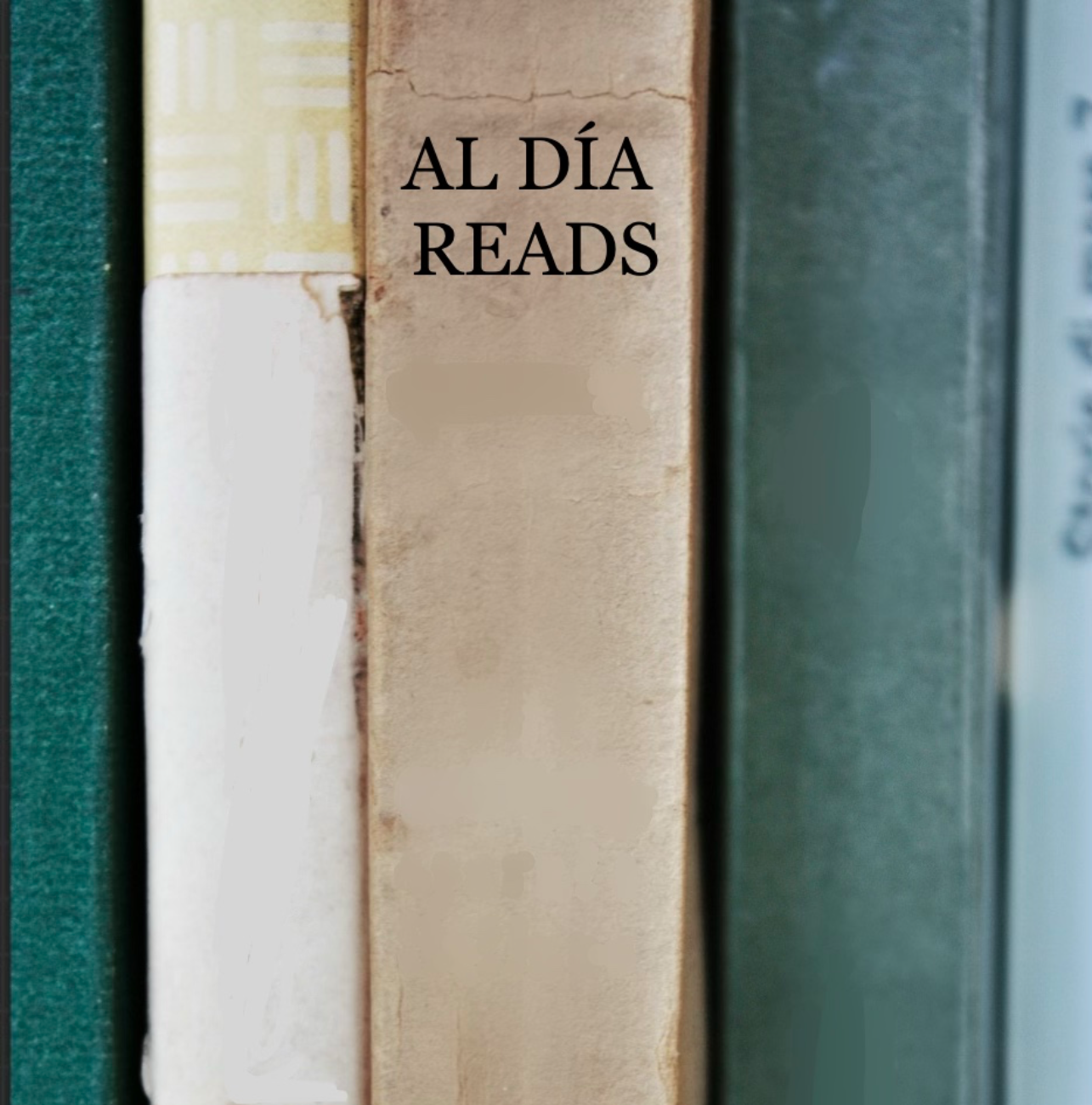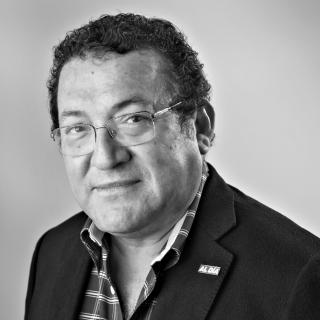
Juan Rulfo was Alive in Philly this Week
Perhaps because he wrote all his work in Spanish, he is easily overlooked. In the age of the Internet, not anymore. His words were alive this week in a AL DIA…
He was short, and he wrote short.
His entire body of work can be found in a single volume on which I'm now resting my arm — exactly 337 pages long, in the hard cover edition published by "Fondo de Cultura Económica" in 1987.
This master of Latin American literature, better at moments than the better known Gabriel García Márquez or Carlos Fuentes, was a very introverted and shy man who rarely gave a press interview.
He probably had secret disdain for the marketing of the book industry and the authors who glow in it, accepting and sometimes even enjoying the spotlight as only public figures do.
That was, perhaps from the get-go, who Juan Rulfo was: a bit ambivalent and a wholesome sincere man.
He was ambivalent in his literary inclinations, and his disbelief in the institutions, new priests, and new inquisitions of the entire literary world was quite evident. But he never expressed it.
He wrote, and he remain silent. Completely. Shut up. To the extent that the readers who gave him positive reviews started to disbelieve the master, and the master became even more doubtful of the vain reasons for the popularity of his work.
As a decent man, who went to School for Accounting, all he did in the latter part of his life was to hold menial jobs and, during his leisure time, took pictures with a now obsolete camera that may be in some museum in his native Mexico.
He was a car tire salesman, Mariana Hernández y Rojas —a Temple University PhD Student who was our guest at "Literature to Listen to" episode— told me this week during the hour of conversation of our new podcast recording.
This is the man who wrote classic short-stories like "Luvina"; "Macario"; "Diles que no me maten"; "El Llano en llamas", then "Pedro Páramo", his only short-novel, and then nothing.
Juan Rulfo, the writer-turned-photographer was simply an authentic writer who remarked once that his favorite place to get names for his characters was the public cemetery.
RELATED CONTENT
He is little-known in the English-speaking world — although his works have been translated — maybe even forgotten altogether. Not anymore, thanks to the Internet and the Podcasting technology.
Which department of Latin American literature in the United States includes the 337 pages Juan Rulfo wrote as required reading?
Students can read the entire body of work by Juan Rulfo in less than one week, and walk away with a better understanding of the cultural complexity of Latin America.
No need to read the bulkier Mario Vargas Llosa, who churns a bulky book every year, or Carlos Fuentes, another Pantagruelian and ambitious writer who could not stop writing until he unexpectedly died in Mexico City a few years ago. Fuentes' body was quickly shipped to Paris, perhaps as required by his own will, where he had his own monument built at the public cemetery, next to famous French artists, so that students of history of Literature might bump into Carlos's grave more often they would do it in the overpopulated cemetery of Mexico City.
Not Rulfo. He was the opposite. Modest. Sincere (sin cera). The one who could not care less whether he was liked or not by his contemporaries, or the generations to come.
He just stuck to writing — as he felt it. He edited a bit, then shipped it out to the publisher, and then remain silent. Completely. Shut up.
He was Juan Nepomuceno Carlos Pérez Rulfo Vizcaíno — better known as Juan Rulfo.
--Edited and updated on April 16, 2019.












LEAVE A COMMENT: